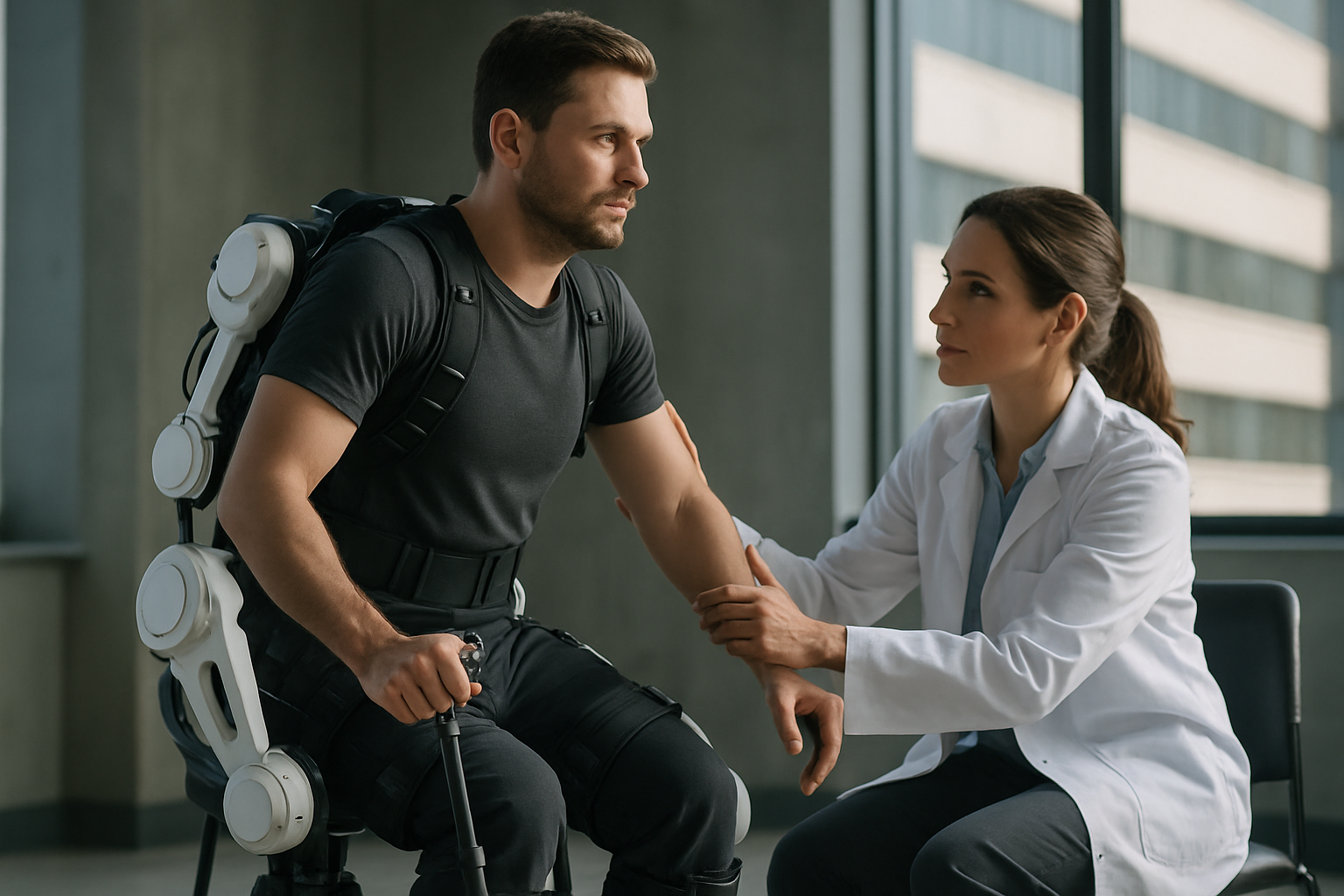Did You Know These Breakthroughs in Stroke Treatment Could Change Lives?
Recent advances in stroke treatment have transformed the landscape of neurological care, offering new hope for recovery and improved outcomes. From innovative rehabilitation techniques to cutting-edge therapies, these developments are reshaping how medical professionals approach stroke treatment and recovery, providing patients with more effective options for regaining function and quality of life.

This article is for informational purposes only and should not be considered medical advice. Please consult a qualified healthcare professional for personalized guidance and treatment.
How Are Innovative Techniques Revolutionizing Stroke Rehabilitation?
Modern stroke rehabilitation has evolved significantly with the integration of technology-assisted therapies. Robotic-assisted devices now help patients practice repetitive movements with precision, while virtual reality systems create engaging environments for rehabilitation exercises. These tools enable more intensive practice sessions and provide real-time feedback, allowing therapists to track progress and adjust treatment plans accordingly. Additionally, non-invasive brain stimulation techniques are showing promise in enhancing motor recovery by promoting neuroplasticity.
What New Discoveries are Emerging in Neuroprotective Therapies?
Research into neuroprotective therapies has yielded promising results in minimizing brain damage during and after stroke events. Scientists are investigating stem cell treatments that may help repair damaged brain tissue and restore lost function. Additionally, new pharmaceutical compounds are being developed to protect brain cells from the cascade of harmful effects that occur during a stroke. These therapies aim to extend the window of treatment opportunity and improve outcomes for stroke patients.
How is Telemedicine Transforming Stroke Care?
Telemedicine has become instrumental in providing rapid stroke assessment and treatment, particularly in rural or underserved areas. Through video conferencing and remote monitoring systems, stroke specialists can evaluate patients quickly and recommend appropriate interventions. This technology enables faster diagnosis and treatment decisions, potentially reducing the risk of long-term disability. Telestroke networks now connect community hospitals with specialized stroke centers, ensuring expert consultation is available 24/7.
What Makes Early Intervention Strategies Critical?
The implementation of early intervention strategies has demonstrated significant impact on stroke outcomes. Emergency response systems have been refined to recognize stroke symptoms more quickly, and hospitals have streamlined their processes to deliver treatment faster. The “time is brain” concept emphasizes that prompt treatment can save millions of neurons from death every minute. Mobile stroke units equipped with CT scanners and specialized staff are now being deployed in some areas, bringing advanced care directly to patients.
How Do Patient Recovery Stories Demonstrate Treatment Success?
Recovery experiences vary widely among stroke survivors, but documented cases show remarkable progress through contemporary treatment approaches. Patients who receive comprehensive care, including advanced medical interventions and rehabilitation programs, often achieve significant functional improvements. These success stories highlight the importance of personalized treatment plans and sustained rehabilitation efforts in maximizing recovery potential.
What Are the Latest Treatment Options and Their Costs?
| Treatment Type | Average Cost Range | Coverage Availability |
|---|---|---|
| Acute Hospital Care | $20,000 - $70,000 | Generally covered by insurance |
| Inpatient Rehabilitation | $15,000 - $40,000 per month | Partial coverage common |
| Outpatient Therapy | $100 - $300 per session | Often covered with copay |
| Telemedicine Consultation | $50 - $200 per session | Increasingly covered |
| Advanced Rehabilitation Technology | $150 - $400 per session | Variable coverage |
Prices, rates, or cost estimates mentioned in this article are based on the latest available information but may change over time. Independent research is advised before making financial decisions.
The field of stroke treatment continues to advance through scientific research and technological innovation. These developments offer increasingly effective options for stroke prevention, acute care, and rehabilitation. While challenges remain, the combination of new therapeutic approaches, improved delivery systems, and enhanced understanding of stroke recovery mechanisms provides hope for better outcomes in stroke care.




